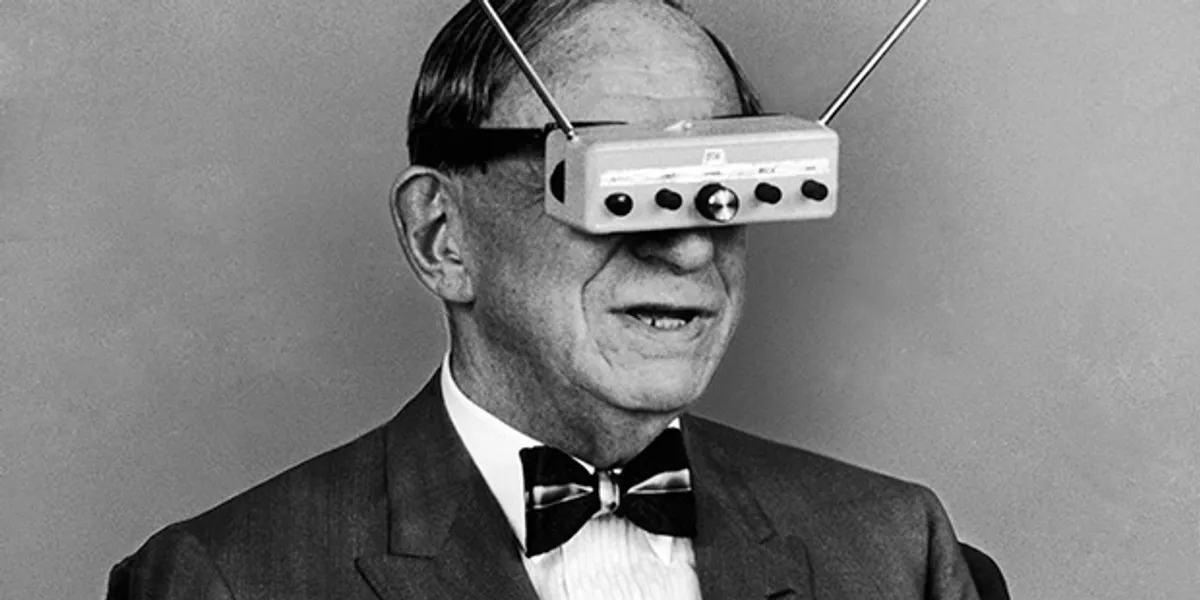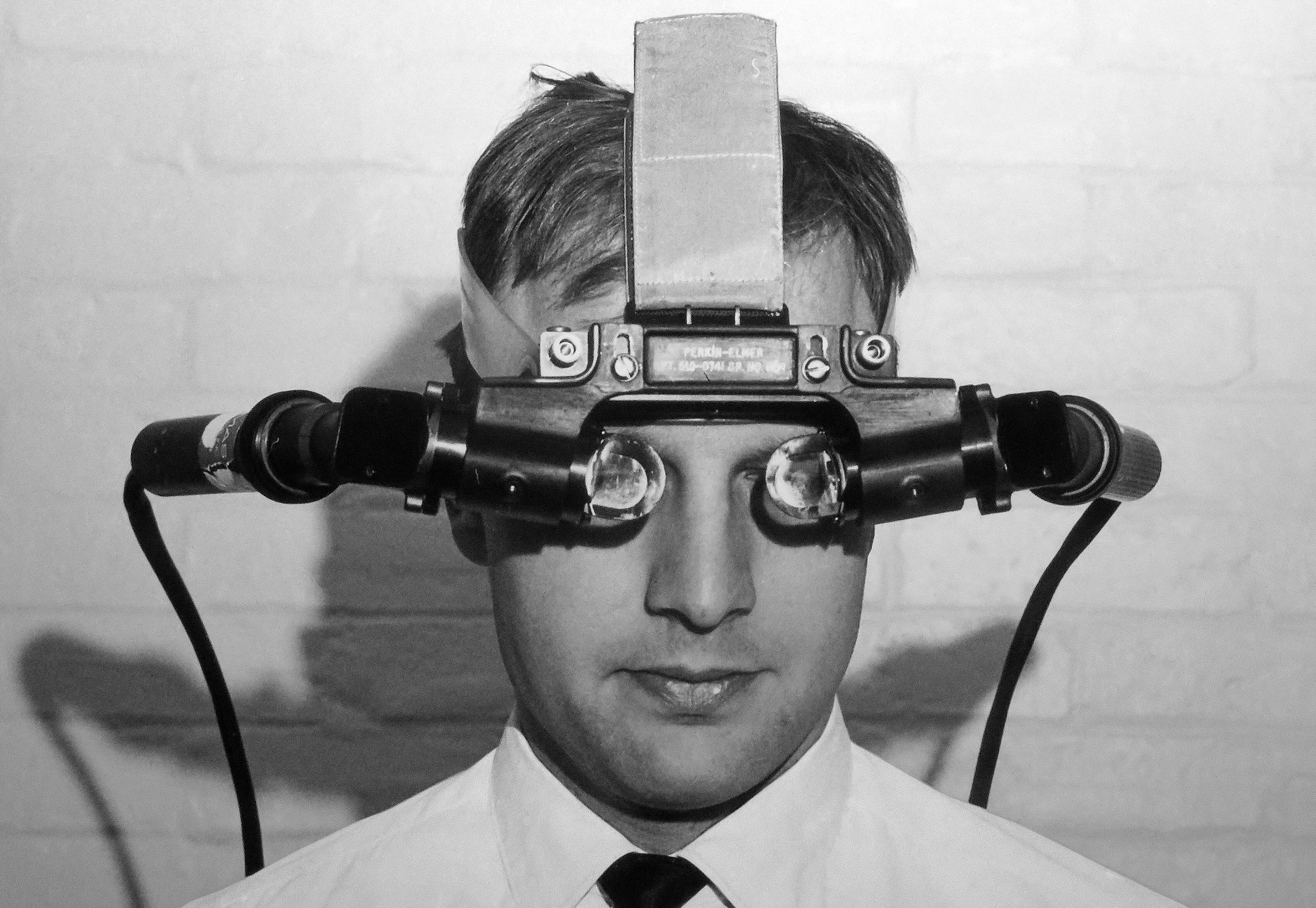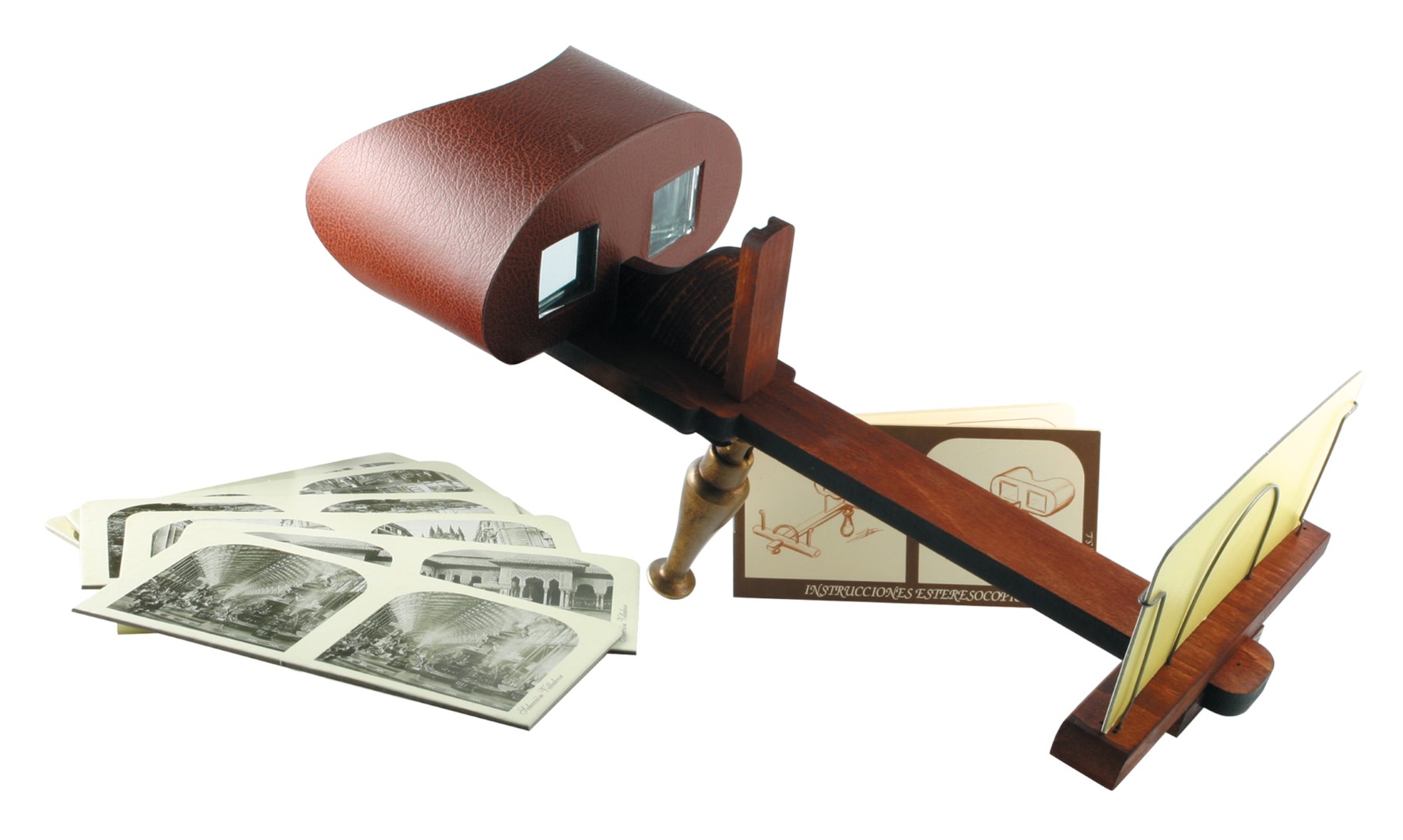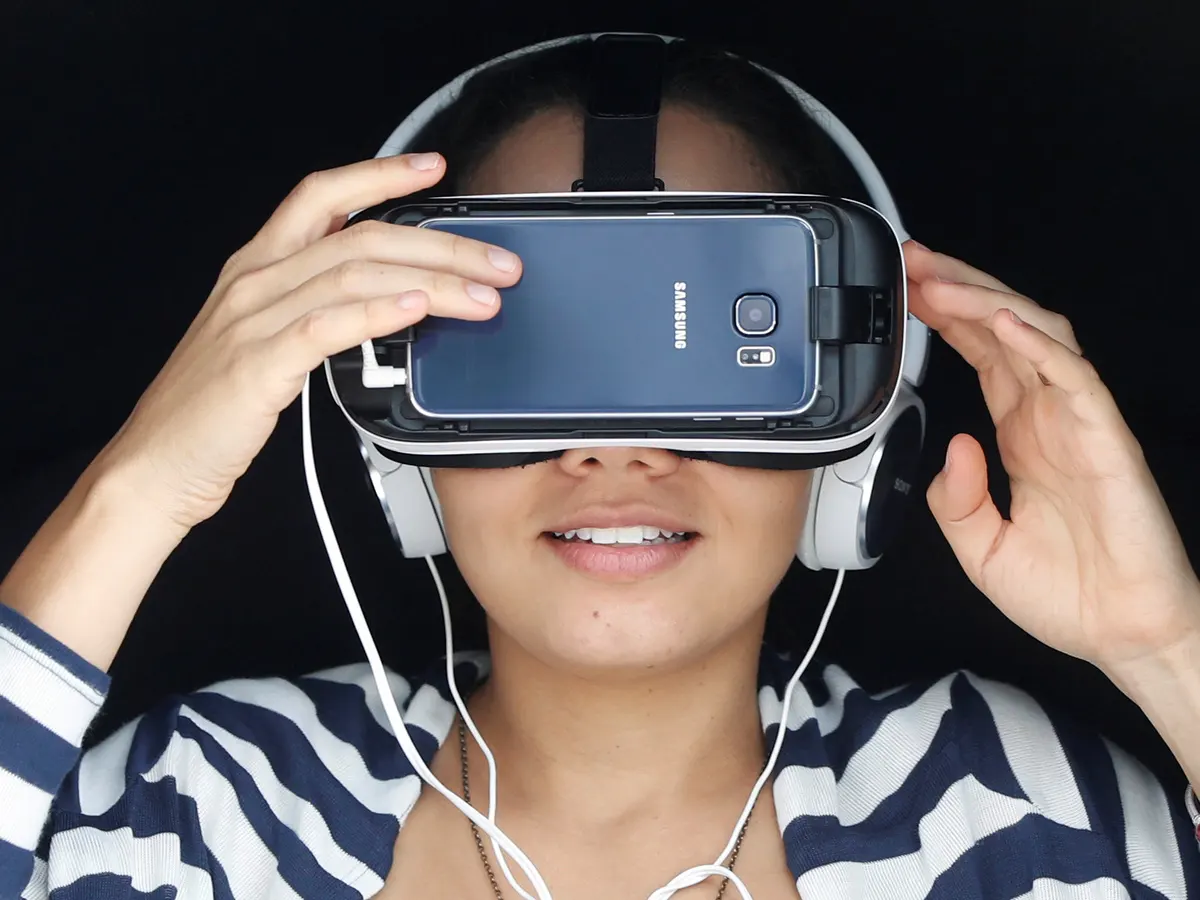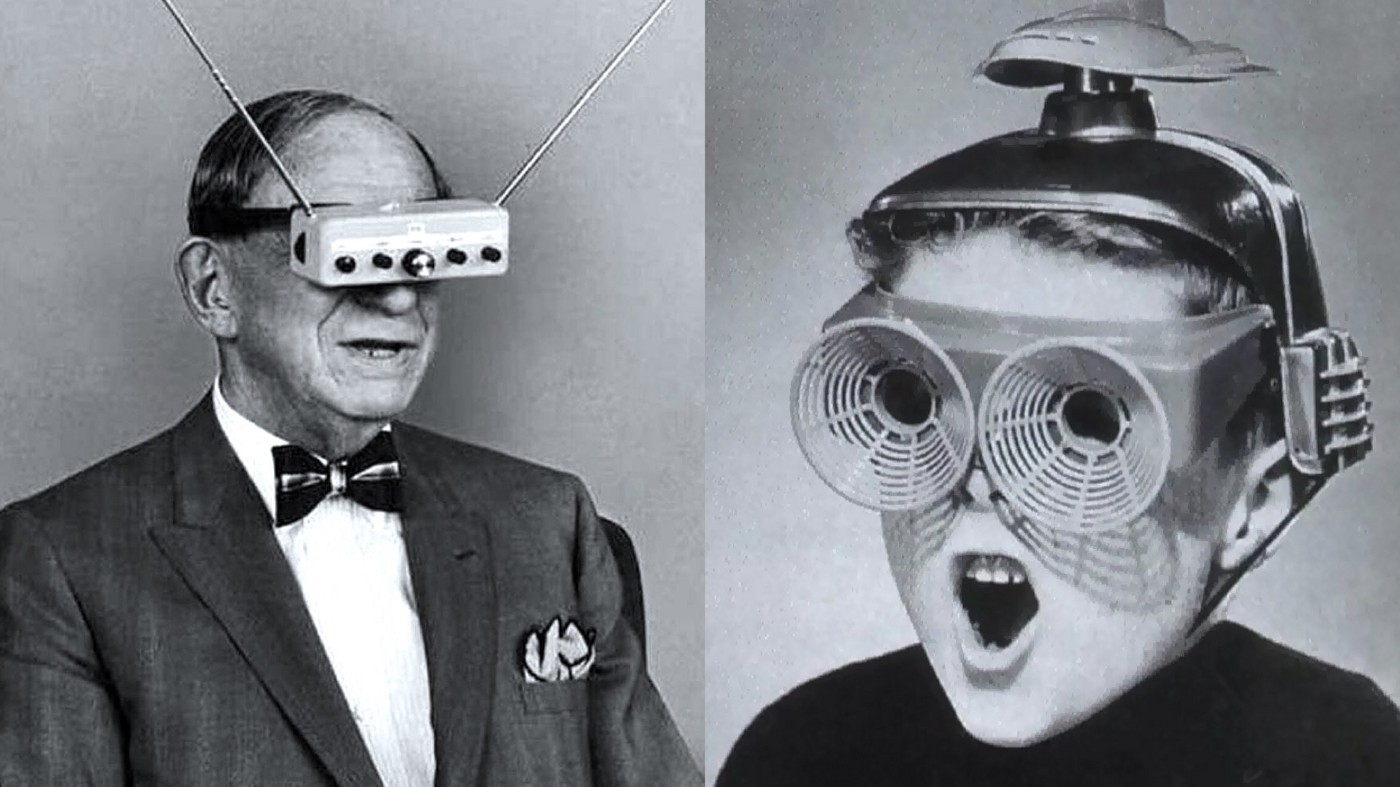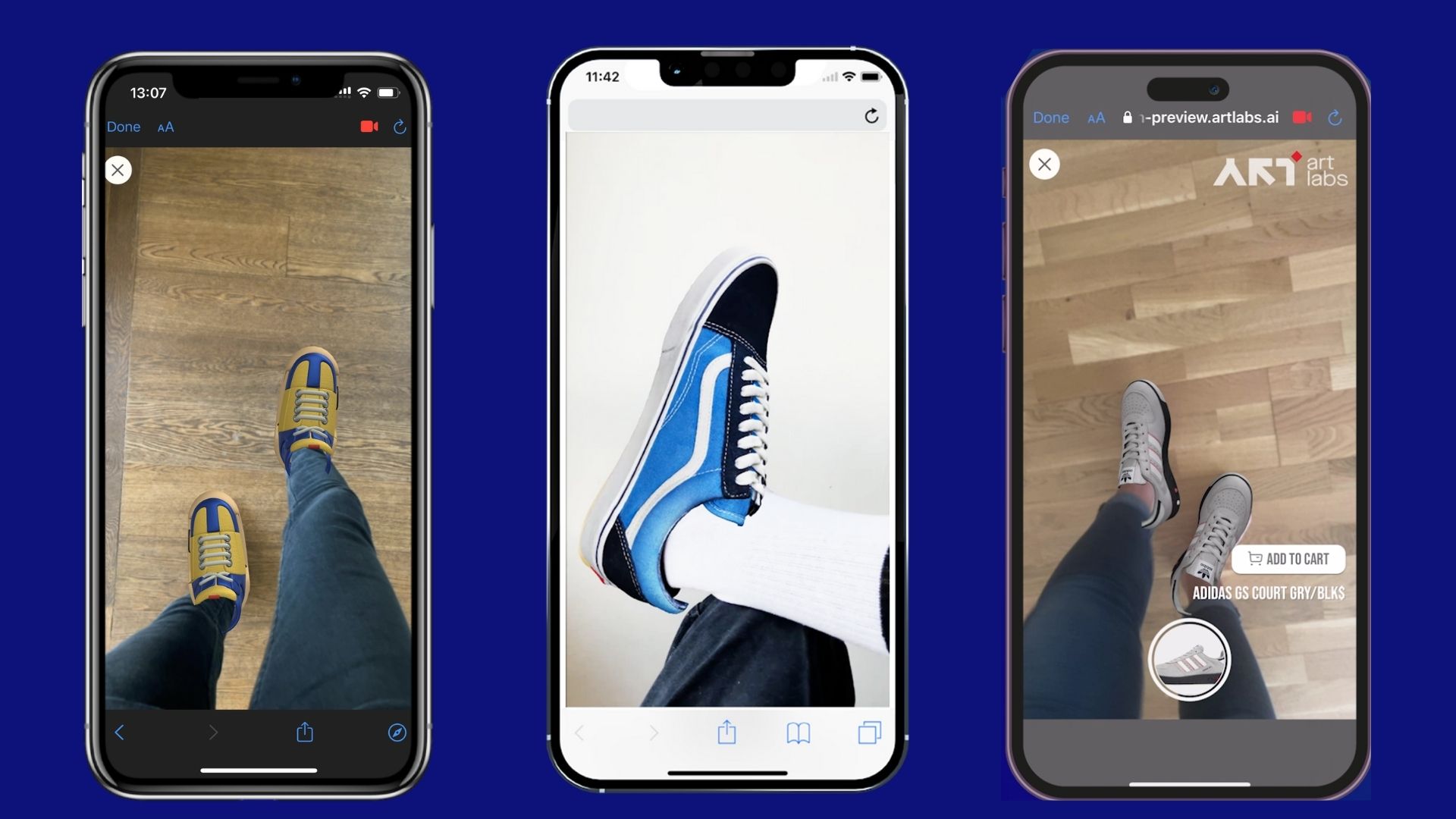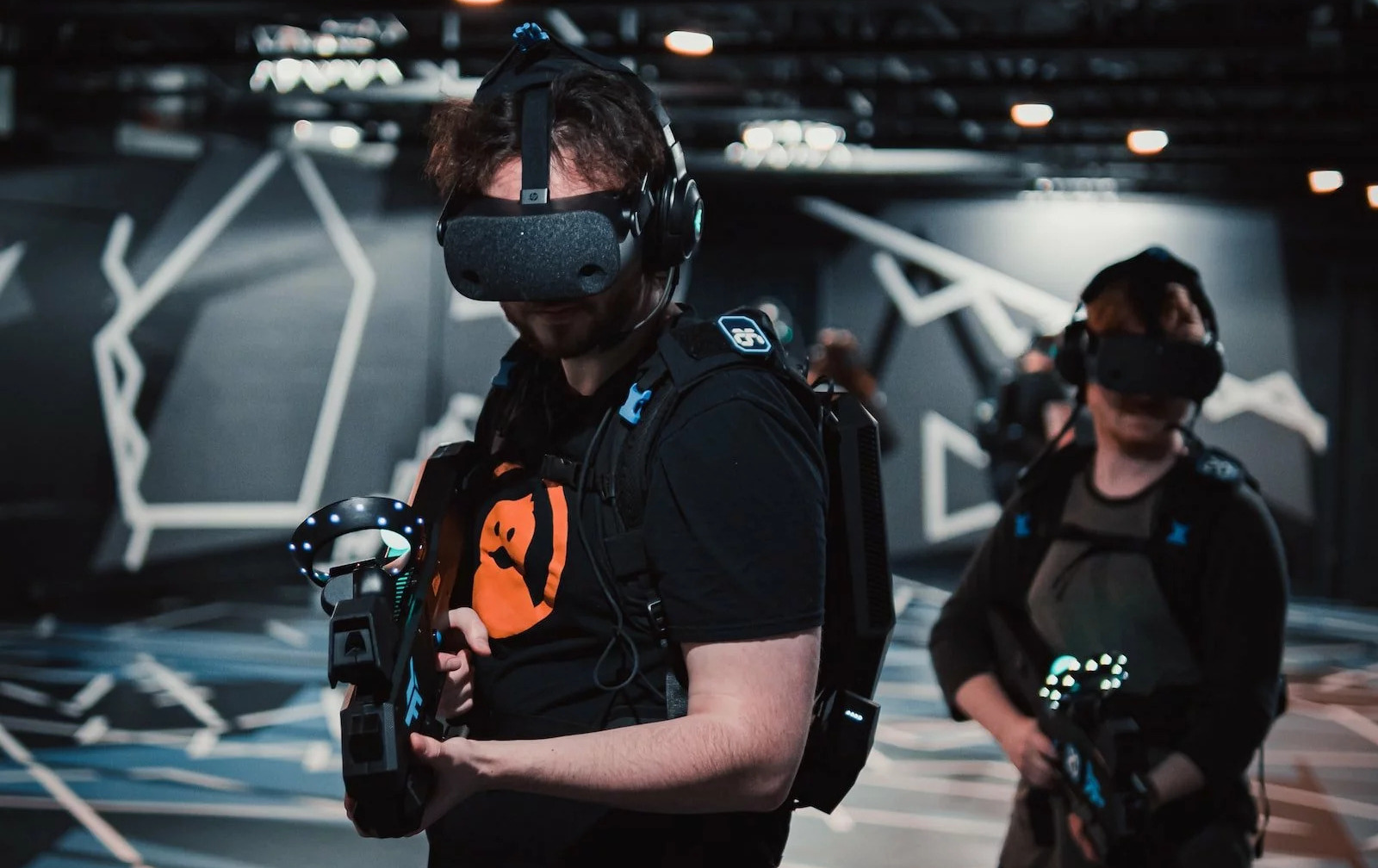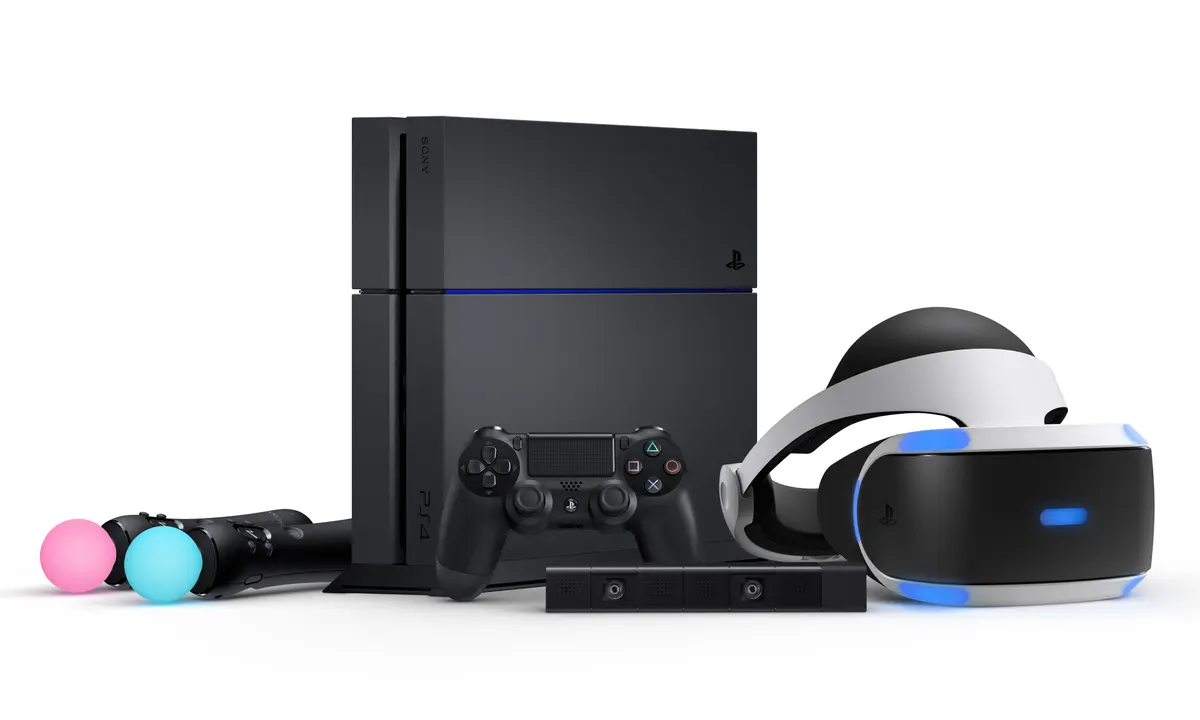Introduction
Virtual reality (VR) has revolutionized the way we interact with technology, blurring the lines between the physical and digital worlds. The concept of immersing oneself in a simulated environment has captured the imagination of tech enthusiasts, gamers, and professionals alike. From entertainment and gaming to education and healthcare, VR has permeated various industries, offering unprecedented experiences and opportunities.
The journey of virtual reality traces back to the early roots of computer science and human-computer interaction. Over the years, technological advancements have propelled VR from a futuristic concept to a tangible and immersive experience. Understanding the origins of VR is crucial to appreciating its evolution and the groundbreaking innovations that have shaped its trajectory.
As we delve into the history of virtual reality, we uncover the remarkable individuals who laid the foundation for this transformative technology. From the visionary inventors to the pioneers of computer graphics, each contribution has propelled VR into the forefront of modern innovation. Through this exploration, we gain insights into the ingenuity, perseverance, and creativity that have driven the development of VR.
Join us on a captivating journey through time as we unravel the story behind the invention of the first VR headset and the visionary mind that brought this groundbreaking technology to life. Let's embark on a fascinating exploration of the early beginnings of virtual reality and the remarkable individual who paved the way for the immersive experiences that have captivated the world.
The Early Beginnings of Virtual Reality
The early roots of virtual reality can be traced back to the mid-20th century when pioneering innovators and computer scientists began envisioning a world where humans could interact with simulated environments. One of the earliest precursors to modern VR was the invention of the Sensorama machine by filmmaker Morton Heilig in the 1950s. This innovative device aimed to engage multiple human senses, offering a rudimentary form of immersive experience through stereoscopic 3D visuals, surround sound, and even scent emitters.
During the 1960s, the concept of virtual reality gained further momentum with the development of the "Ultimate Display" by computer scientist Ivan Sutherland. His groundbreaking work laid the foundation for head-mounted displays (HMDs) and interactive graphical experiences, setting the stage for the evolution of immersive virtual environments.
The 1970s marked a significant milestone in VR history with the creation of the Aspen Movie Map, a pioneering project that aimed to digitally recreate the city of Aspen, Colorado. This venture, spearheaded by MIT researchers, showcased the potential of virtual environments for navigation and exploration, foreshadowing the interactive virtual landscapes that would become integral to modern VR applications.
As the 1980s dawned, the emergence of affordable computing power and advancements in graphics technology paved the way for significant strides in VR development. Notably, Jaron Lanier, a computer scientist and pioneer in the field of virtual reality, coined the term "virtual reality" and founded VPL Research, a company dedicated to creating and popularizing VR technology.
Throughout the 1990s, VR technology continued to evolve, with the introduction of consumer-grade VR headsets and immersive experiences in gaming and entertainment. Although the era was marked by technological limitations and commercial challenges, it laid the groundwork for the resurgence of VR in the 21st century.
The early beginnings of virtual reality reflect a convergence of visionary ideas, technological innovation, and a relentless pursuit of immersive human-computer interaction. These formative years set the stage for the transformative advancements that would shape the modern landscape of VR, paving the way for the invention of the first VR headset and the remarkable journey that followed.
The Inventor of the First VR Headset
The inception of the first VR headset can be attributed to the pioneering work of Jaron Lanier, a visionary computer scientist and entrepreneur whose innovative contributions have left an indelible mark on the evolution of virtual reality. In the late 1980s, Lanier founded VPL Research, a company dedicated to developing and popularizing VR technology. His groundbreaking efforts culminated in the creation of the EyePhone, the world's first commercial VR head-mounted display.
Lanier's vision for immersive virtual experiences propelled him to explore the potential of head-mounted displays as a means to transport users into digitally simulated environments. The EyePhone, introduced in 1989, featured stereoscopic 3D visuals and head tracking capabilities, offering users a glimpse into the possibilities of interactive and immersive virtual reality. This pivotal invention laid the groundwork for the future development of VR headsets and set the stage for the transformative impact of VR technology across diverse industries.
The EyePhone, while rudimentary by today's standards, represented a quantum leap in human-computer interaction, paving the way for the immersive experiences that define modern virtual reality. Lanier's pioneering spirit and relentless pursuit of technological innovation positioned him as a trailblazer in the realm of VR, earning him recognition as the inventor of the first VR headset and a driving force behind the popularization of immersive virtual experiences.
Lanier's contributions extended beyond the realm of hardware, encompassing the development of software and interactive applications that leveraged the capabilities of VR technology. His visionary approach to human-computer interaction and his advocacy for the transformative potential of virtual reality have left an enduring legacy, inspiring subsequent generations of innovators to push the boundaries of immersive technology.
The invention of the first VR headset marked a watershed moment in the history of virtual reality, signaling the dawn of a new era in human-machine interaction. Lanier's pioneering efforts and the creation of the EyePhone laid the foundation for the exponential growth and widespread adoption of VR technology, catalyzing a paradigm shift in how we perceive and engage with digital experiences.
As we reflect on the remarkable journey of the first VR headset's inventor, we gain profound insights into the transformative power of visionary thinking, technological innovation, and the relentless pursuit of pushing the boundaries of what is possible. The legacy of the first VR headset endures as a testament to the ingenuity and creativity that continue to propel the evolution of virtual reality into uncharted frontiers of immersive human experiences.
Impact and Legacy
The invention of the first VR headset, epitomized by Jaron Lanier's pioneering EyePhone, unleashed a seismic wave of impact that reverberates across the realms of technology, entertainment, education, and beyond. The profound implications of VR technology have transcended mere novelty, shaping the fabric of human experiences and leaving an indelible mark on the trajectory of innovation.
Transforming Human-Computer Interaction
The advent of the first VR headset heralded a paradigm shift in human-computer interaction, transcending traditional interfaces and immersing users in digitally simulated environments. This transformative leap has redefined the way we engage with technology, fostering unprecedented levels of immersion, interactivity, and sensory engagement. VR's impact on human-computer interaction extends to diverse domains, from gaming and entertainment to scientific visualization, architectural design, and medical simulations.
Redefining Experiential Narratives
VR's legacy lies in its ability to redefine experiential narratives, transcending passive consumption and empowering users to become active participants in immersive storytelling. The fusion of visual, auditory, and interactive elements within virtual environments has unlocked new frontiers in narrative engagement, enabling creators to craft compelling experiences that blur the boundaries between reality and imagination.
Catalyzing Technological Innovation
The invention of the first VR headset catalyzed a wave of technological innovation, propelling advancements in optics, display technologies, motion tracking, and haptic feedback systems. These innovations have not only elevated the capabilities of VR hardware but have also permeated adjacent fields, driving progress in areas such as augmented reality, telepresence, and human-machine interfaces.
Empowering Diverse Industries
The impact of VR extends across a myriad of industries, empowering sectors such as healthcare, education, engineering, and entertainment to harness the potential of immersive experiences. From medical training simulations and architectural visualizations to virtual classrooms and interactive storytelling, VR has emerged as a powerful tool for innovation and experiential learning, transcending traditional boundaries and unlocking new avenues for creativity and exploration.
Shaping Future Possibilities
The legacy of the first VR headset resides in its role as a catalyst for future possibilities, inspiring a new generation of innovators to push the boundaries of immersive technology. As VR continues to evolve, its impact and legacy will unfold in uncharted territories, shaping the way we perceive reality, interact with digital environments, and redefine the frontiers of human experiences.
The impact and legacy of the first VR headset are deeply intertwined with the transformative power of visionary thinking, technological innovation, and the relentless pursuit of pushing the boundaries of what is possible. As we navigate the ever-expanding landscape of virtual reality, we are poised to witness the enduring influence of the first VR headset on the trajectory of human experiences and the boundless potential it holds for shaping the future of immersive technology.
Conclusion
In conclusion, the inception of virtual reality represents a remarkable journey of human ingenuity, technological innovation, and visionary thinking. From its early roots in the mid-20th century to the groundbreaking invention of the first VR headset, the evolution of VR has reshaped the landscape of human-computer interaction and redefined the boundaries of digital experiences.
The visionary contributions of Jaron Lanier, the inventor of the first VR headset, epitomize the transformative power of immersive technology. His pioneering spirit and relentless pursuit of pushing the boundaries of human-machine interaction have left an indelible mark on the trajectory of virtual reality, inspiring subsequent generations of innovators to explore the uncharted frontiers of immersive experiences.
As we reflect on the impact and legacy of the first VR headset, we are poised at the threshold of a new era in human experiences. The transformative implications of VR extend far beyond entertainment and gaming, permeating diverse industries and empowering creative expression, experiential learning, and technological innovation.
The legacy of the first VR headset serves as a testament to the enduring influence of visionary thinking and the relentless pursuit of pushing the boundaries of what is possible. As VR continues to evolve, its impact on human experiences and the trajectory of innovation will unfold in unprecedented ways, shaping the fabric of our digital interactions and redefining the frontiers of immersive technology.
In the grand tapestry of technological evolution, the invention of the first VR headset stands as a pivotal milestone, propelling us into a future where the boundaries between the physical and digital worlds continue to blur. The journey of virtual reality is an ongoing narrative, characterized by the convergence of creativity, innovation, and the boundless pursuit of immersive human experiences.
As we embark on this captivating journey through the realms of virtual reality, we are poised to witness the enduring legacy of the first VR headset and the transformative possibilities it holds for shaping the future of immersive technology.







